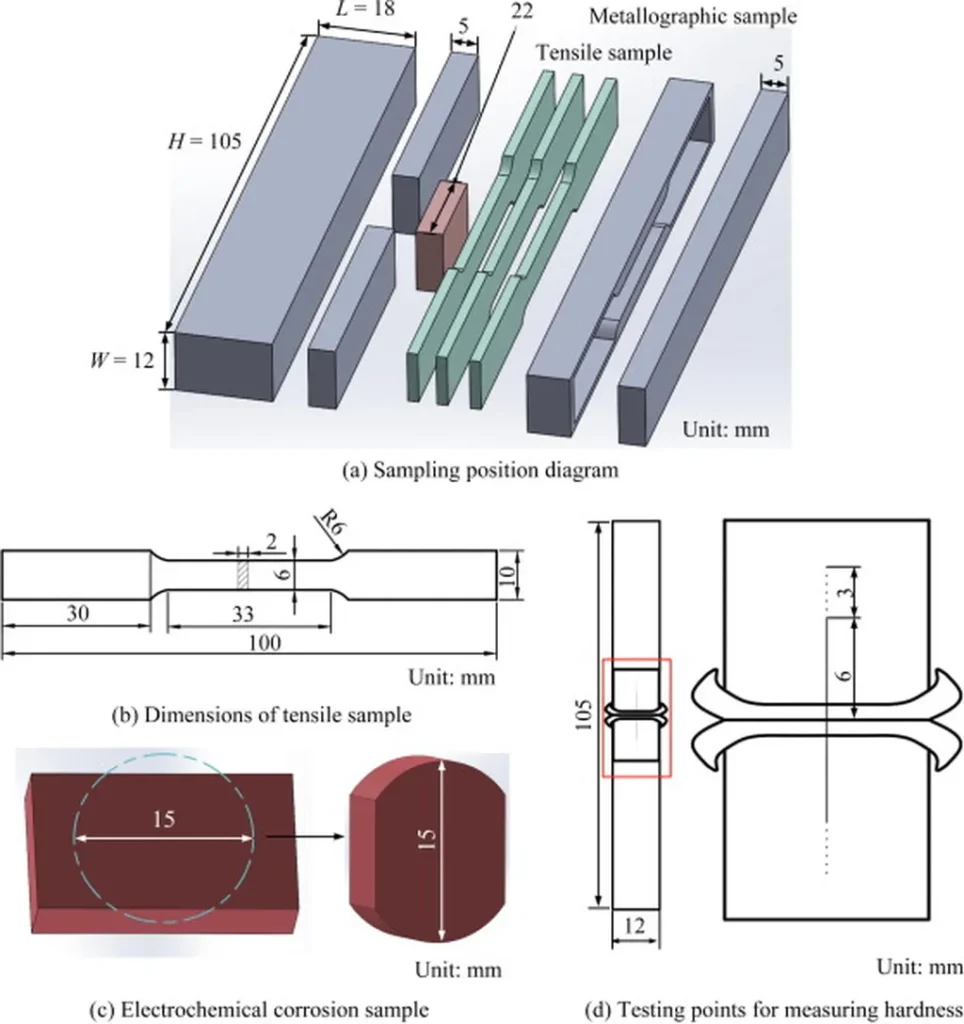In the high-stakes world of energy production, where reliability and safety are paramount, a recent study has shed new light on the performance of critical materials used in supercritical water reactors. The research, led by Liu Yi from the China Institute of Atomic Energy, focuses on the superalloy GH4169, a key component in these advanced reactors, and offers insights that could significantly impact the energy sector.
Supercritical water reactors operate under extreme conditions—high temperatures and pressures—that push materials to their limits. The study, published in *Cailiao gongcheng* (translated as *Materials Engineering*), examined the microstructure and mechanical properties of GH4169 alloy cylinders and their weld joints after 2000 hours of service. The findings reveal a complex interplay of corrosion resistance, mechanical integrity, and potential vulnerabilities that could influence the future design and maintenance of these reactors.
One of the most striking findings is the alloy’s impressive corrosion resistance. “The GH4169 alloy cylinder exhibits good corrosion resistance under conditions of high temperature, high pressure, and sucrose mixed solution,” Liu Yi noted. The thickness loss rate of the cylinder was found to be minimal, ranging from 0.005 to 0.255 micrometers per hour. The corrosion products primarily consisted of oxides and phosphates, indicating that the alloy can withstand the harsh environment of supercritical water reactors.
However, the study also identified critical vulnerabilities in the welded joints connecting the cylinder to other components. These joints represent a weak point that significantly impacts the remaining lifespan of the reactor. The calculated crack propagation rate of the GH4169 alloy cylinder was found to be 5.25 micrometers per hour, meaning it would take only 762 hours for a crack to penetrate through the wall of the connector. This is a concerning finding, as it highlights the potential for catastrophic failure if these issues are not addressed.
The study also revealed severe fracture at the weld joint between the cylinder and stainless steel, resulting from the synergistic effects of galvanic corrosion, crevice corrosion, and concentrated stress. “The circumferential length of the crack is approximately 1/4 of the circumference,” Liu Yi explained, underscoring the severity of the problem.
Despite these challenges, the strength loss of the cylinder was relatively small, indicating that the cylinder maintains satisfactory mechanical properties. This is a crucial finding, as it suggests that with proper maintenance and design adjustments, the GH4169 alloy can continue to play a vital role in supercritical water reactors.
The implications of this research are far-reaching for the energy sector. As supercritical water reactors become increasingly important in the quest for cleaner and more efficient energy production, understanding the behavior of materials like GH4169 is essential. The findings could lead to improved design standards, better maintenance practices, and ultimately, safer and more reliable energy production.
Liu Yi’s research serves as a reminder of the complexities involved in developing and maintaining advanced energy technologies. By addressing the vulnerabilities identified in this study, the energy sector can take significant steps toward enhancing the safety and efficiency of supercritical water reactors, paving the way for a more sustainable energy future.

